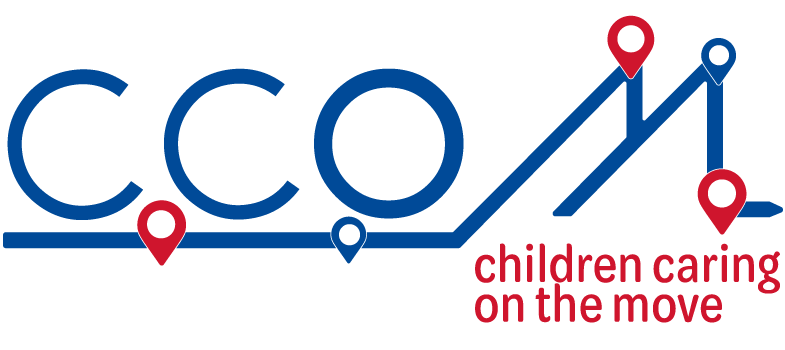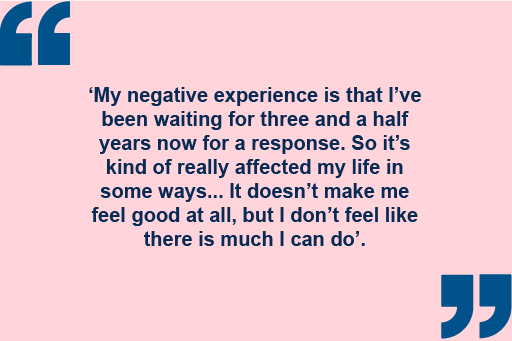5.1: Making the film
The process of making the film started with young researchers and University researchers meeting online (due to the Covid-19 pandemic) to reflect on the stories they were hearing during the interviews with other young unaccompanied people. The research team discussed the main themes that were taking centre stage in these stories, and they felt they wanted to share these with a wider audience such as professionals, academics and other unaccompanied young people in the UK. We have made a decision to present these stories through a film, because it fits with our participatory approach of doing co-collaborative research with the young people and because we hoped that through this medium, the stories will reach more young people and communities.
Following these discussions, the University-based researchers searched for quotes in the interview transcripts that were illustrating the themes. These quotes were then re-voiced by members of the team, mainly the young researchers, and images and videos of places the young people have referred to during their interviews were taken, as well as images reflecting the stories they have shared with them.
Further reading
For more information about the process of making the film:
Read Stories Too Big for a Case File: Unaccompanied Young People Confront the Hostile Environment in Pandemic Times [Tip: hold Ctrl and click a link to open it in a new tab. (Hide tip)]
 Activity 5.1: Seeing ‘Me’
Activity 5.1: Seeing ‘Me’
Part 2
After listening to these young people’s descriptions of their identity and how the challenges of being as UASC impacts their sense of self:
- What practices do you engage in to support young people through difficult processes?
- In your experience, have there been any particular activities that have worked well when supporting young people?
During the first part of the film, you were invited to link these stories to the notion of self and identity. How we see ourselves and the changes in our identity are often influenced by our social context. Let’s take ‘waiting’ for their asylum application’s outcome as an example. Research suggests that it is a central feature of the experience of the unaccompanied young people which place them in limbo, characterised by insecurity and anxiety (Chase, 2013). As Ardian told us:
The first segment of the film talks about the ways the hostile immigration environment and complex immigration processes subjects unaccompanied young people to a climate of suspicion and exclusion (Crafter et al., 2021; Rosen et al., 2021). We know from our own research with professionals and social care practitioners that they are very aware of these difficulties but that their different roles and responsibilities can leave them with very limited room to manoeuvre in terms of their support for young people (Crafter et al., 2021).
 Pause for reflection: Care versus process
Pause for reflection: Care versus process
Drawing on your own social care practices, what are your thoughts about how ‘care’ can be sustained in a system focused on time, processes and procedures? What kind of ‘caring’ practices do you engage in to help with this uncertainty?
Make some notes in the box below.
Let us turn now to the next segment of film which focuses more on care practices and caring relationships.
5: UASC’s perspectives on care

